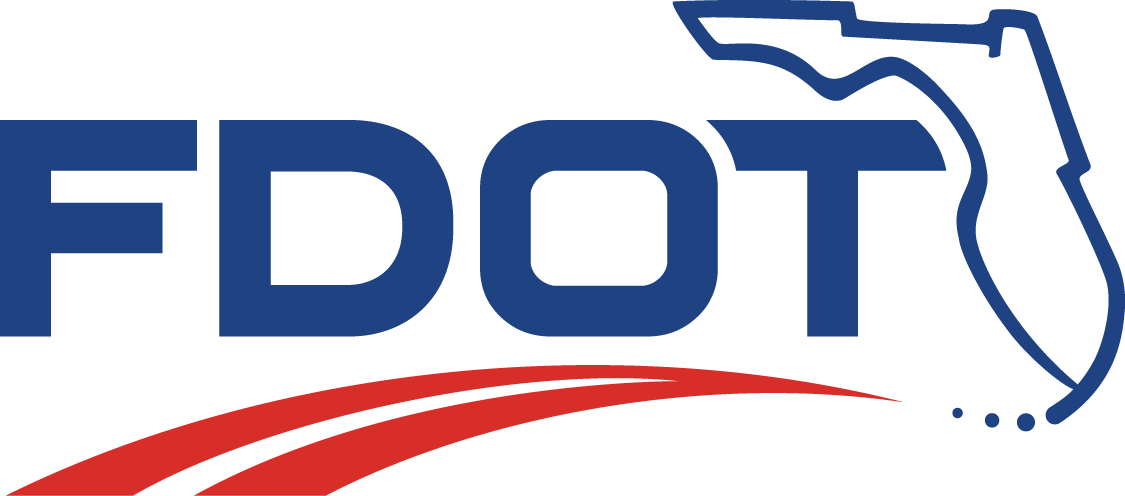Advanced Air Mobility
Advanced Air Mobility (AAM) in Florida is ready for liftoff and FDOT is leading the way. With a long-standing commitment to innovation, a robust transportation network, and a proven track record of delivering major infrastructure projects, FDOT is uniquely positioned to shape the future of advanced air mobility.
FDOT is exploring the possibilities and building the foundation for the future of our transportation network. Through statewide planning, safety coordination, and strong partnerships with industry and research institutions, we are turning ideas into action.
From advancing cargo logistics to opening new modes of travel, the promise of AAM is real and Florida is ready to lead.
What is AAM?
Advanced Air Mobility (AAM) is a revolutionary approach to air transportation that expands aviation beyond traditional roles, enabling efficient movement of people and goods in urban, suburban, and rural areas. AAM leverages cutting-edge aircraft technology to create new multi-modal solutions.
AAM encompasses various aircraft types, including vertical takeoff and landing (VTOL) aircraft, which are designed for shorter-distance travel and enhanced accessibility. With advancements in energy power systems, aerospace and manufacturing technologies, and artificial intelligence, AAM is positioned to revolutionize how people and goods travel, making aviation more connected, efficient, and integrated into everyday life.
AAM aims to supplement and enhance the existing transportation network. The concept behind AAM will help enable faster commutes, provide new mobility options with additional modality integration opportunities, and provide enhanced logistic solutions for cargo and emergency services.
Governments, industry leaders, and regulatory agencies are working together to ensure AAM is developed safely and effectively. As AAM matures, its successful integration will hinge on proactive planning, stakeholder engagement, strategic infrastructure, and adaptive policy development to maximize connectedness, community benefit, and operational excellence.
Additional Resources
Advanced Air Mobility Advisory Committee (AAMAC)
- FDOT Advanced Air Mobility Terms and Definitions
- FDOT Advanced Air Mobility Executive Summary
- FDOT Advanced Air Mobility Recommended Standards
- FDOT Advanced Air Mobility Roadmap Report
Local Government AAM Toolkit
- FDOT Local Government AAM PowerPoint Template (March 2025)
- FDOT AAM Fact Sheet (February 2025)
- FDOT AAM Public Engagement Sheet (February 2025)
- FDOT AAM Frequently Asked Questions (February 2025)
- FDOT AAM Land Use Compatibility and Site Approval Guidebook (September 2024)
FDOT Advanced Air Mobility Documents
FDOT Advanced Air Mobility Videos




